Her pupils weren’t the only ones starting to notice. She would hear whispers in the hallways and during class. She felt like wherever she went she was being eyeballed.


“Is she still wearing that dress?” she would hear the girls snicker. Any day now, the question would come, and then she’d have to explain herself. She never expected this to snowball so far, and that soon, people from all over the world would be asking the same question. But when they heard her answer, they were all taken aback.
34-year-old Julia Mooney had just accepted a new position as an art teacher at the William Allen Middle School in Moorestown, New Jersey, and she’d planned to dress for the occasion. The new pebble-grey Jazmenia dress lay in its box, pristine – she’d ordered it never realizing just how much controversy she was about to stir. With a new job came a lot of excitement, but her night-before jitters were worse than usual.
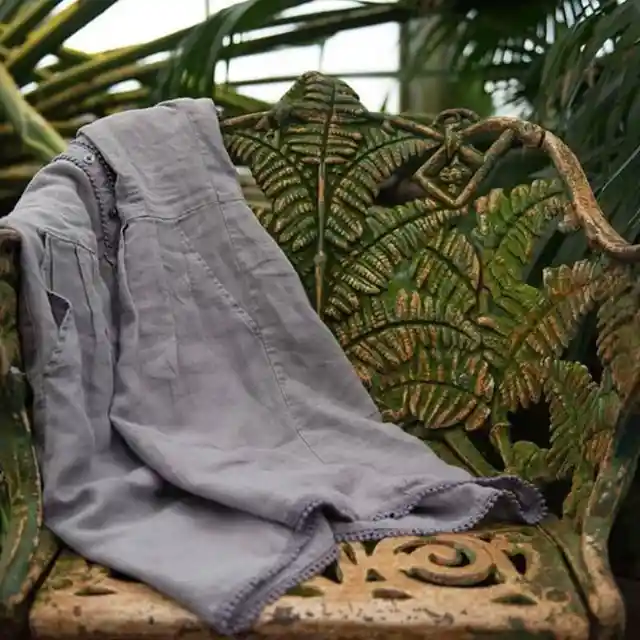
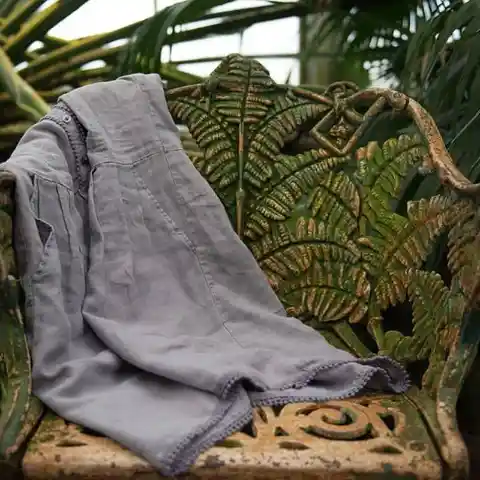
With all-new students and colleagues, she knew all eyes would be on her.
After getting her two toddlers ready for school, she was on her way. Her new dress fit her perfectly and she was happy with her purchase, which hadn’t been cheap at $50.


She even felt optimistic. After tentatively introducing herself to her 6th and 7th-grade pupils, she felt like everything was going swimmingly... that is, until the outside temperature began to rise.
Julia strategically positioned herself underneath the air conditioning unit, but she didn’t feel any cooler. Her skin started to flush and she realized, “Oh no... I'm sweating!


The horror!” Embarrassed and fanning herself with a book, she tried to stay the course. But all she could think about was the summer heat – which had crept steadily past the 90-degree mark.
Hour after hour passed and the stream of introductions, new students, and classes seemed endless. Each 13-year-old who passed through the doors to meet her was a new opportunity to make an impression, and she felt like she was blowing it. Finally, the day was over and she retreated to her car, relieved.
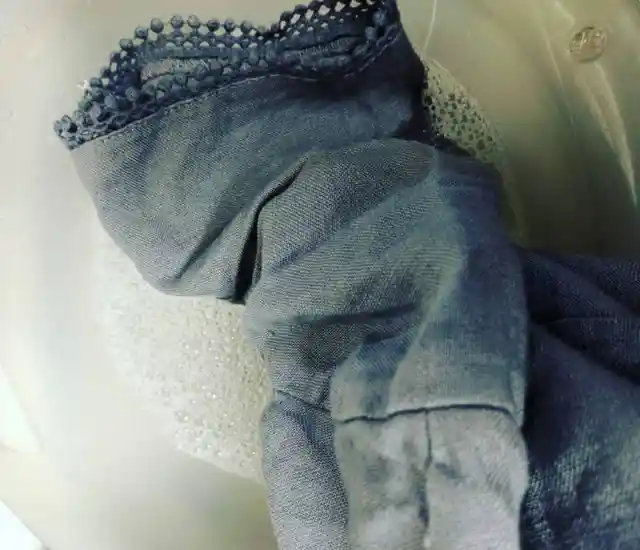
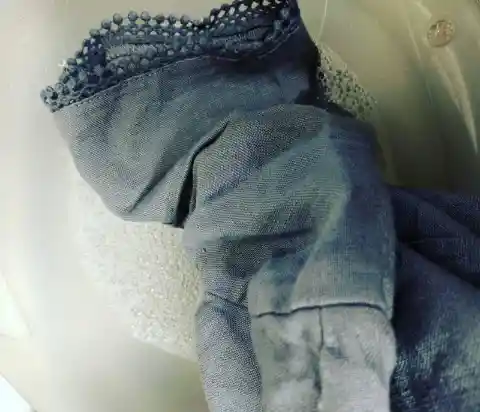
She was mortified to feel her dress stuck to her back like wet cheesecloth. At least tomorrow was a new day, she reassured herself, as she carefully scrubbed it in the sink and hung it up to dry.
When Mrs. Mooney arrived at school the next morning, the pupils had begun to realize that she wasn’t like their other teachers. Although some of the less observant children couldn’t quite pinpoint why. Girls at thirteen find themselves increasingly aware of their image and of the clothes they wear, coveting fashionable items and designer labels.


So it was no wonder that some of the girls had noticed Mrs. Mooney immediately.
Soon, Julia was the talk of William Allen Middle School. She had worn her grey dress every day that week, and people were beginning to notice. Speculation began to fly. Some teachers were concerned.
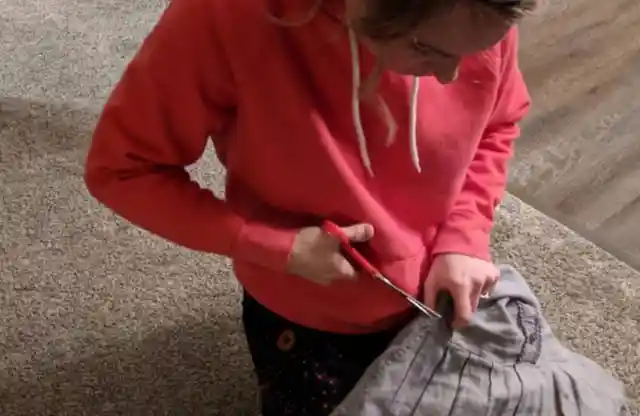
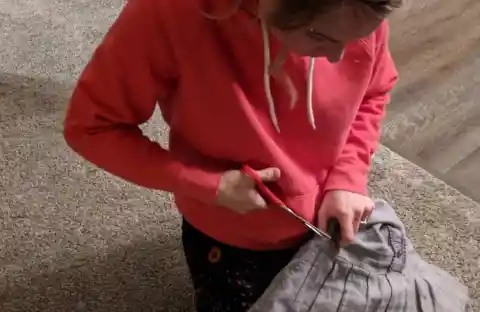
Was Mrs. Mooney struggling? Pupils were beginning to wonder, too. But, as everyone who has been to high school knows, teenagers can be incredibly cruel.
Julia, carefully avoiding the elephant in the room, continued to teach. She was aware of the snickers and whispers that followed her in the halls and on the playground. Even her fellow colleagues had begun to regard her differently – treating as if she were fragile but refusing to ask her about her wardrobe outright. But she knew she had to ride it out.


She had to stay the course. So, she put her head down and continued in the best way she knew how.
By the end of Julia’s third week, people couldn’t contain their curiosity any longer. She saw the question on all their faces. And she knew the time was coming to address it. But just what was the grey dress’ story?
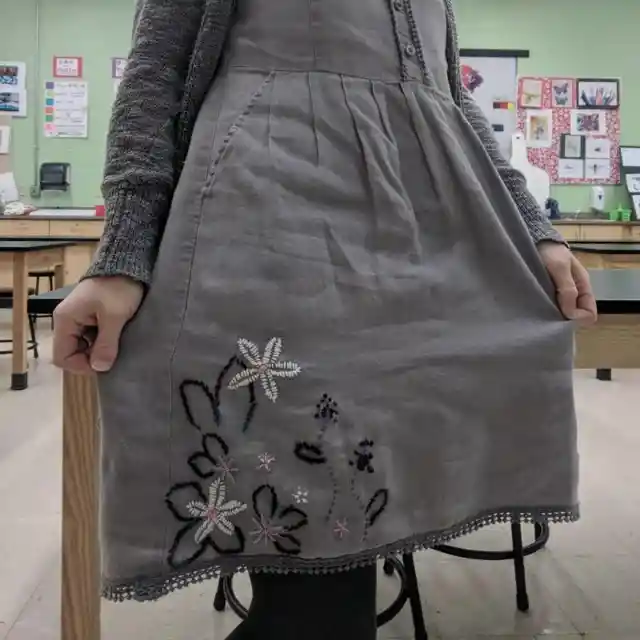
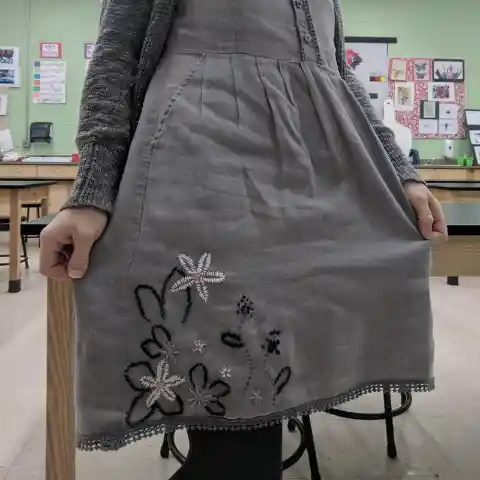
And why wouldn’t Julia take it off? By now, everyone was dying to know.
You see, Julia had a plan brave up her sleeve. Everything had been carefully planned out, and she’d picked that plain grey dress for a reason. “I’m walking down the halls and they’re like, ‘Is she still wearing that dress?'” Julia said.
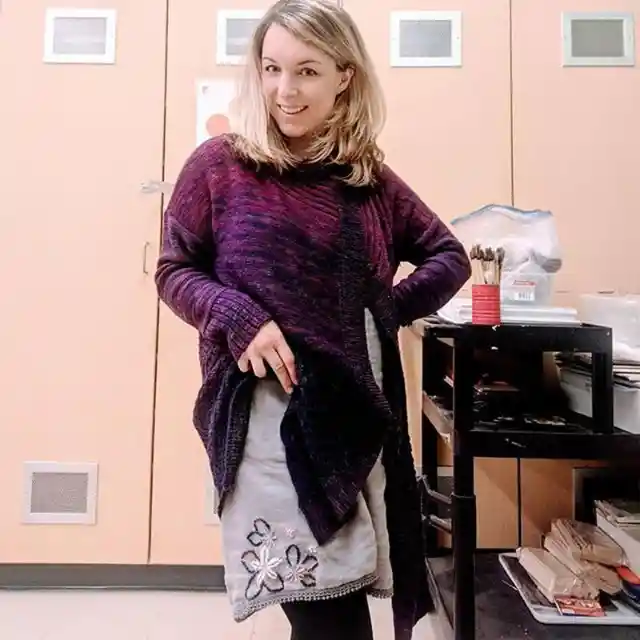

But when more and more people took notice, she couldn’t help but smile.
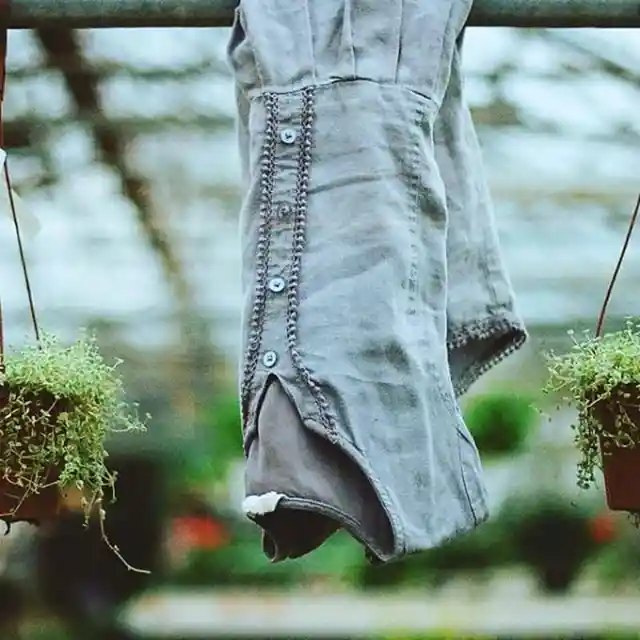
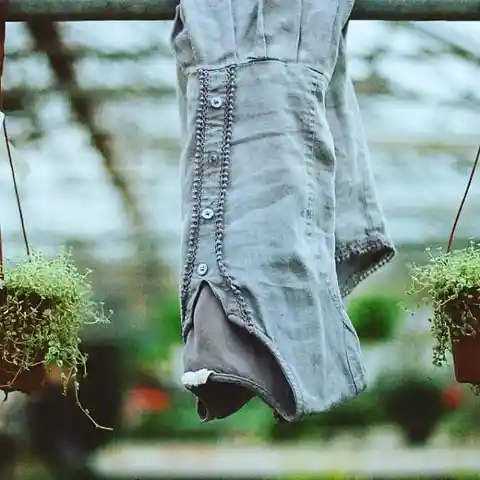
“I needed to pick a dress that was going to be versatile because I’m going to be wearing it through the winter, and when we started the school year it was 90 degrees,” she explained. And when her students finally mustered up the courage to ask her why she had worn the same dress for weeks, she directed them to her Instagram page – and it held all the answers.
Her first post on her Instagram page, called one outfit 100 days, reads: “For at least 100 days I'll be wearing this dress, through ceramics projects, blizzards, whatever. Boring? Sure.


I love to express myself through what I wear as much as the next American. This is a challenge.” But still, why would anyone do such a thing? – She has four good reasons.
Julia’s first reason for choosing to wear the same dress for 100 days is a simple one: it saves time. With two toddlers to take care of, a minimalist lifestyle makes sense.


Saying goodbye to the agonizing “what to wear” question, she has more free time to enjoy with her loved ones. But her reasons don’t end there. She has a much deeper message for consumers everywhere.
Julia is an active advocate of ‘slow fashion’. So, what is ‘fast fashion’? ‘Fast fashion’ is simply cheap, trendy fabric and clothing that is cost-effective, but unfortunately doesn’t last long.
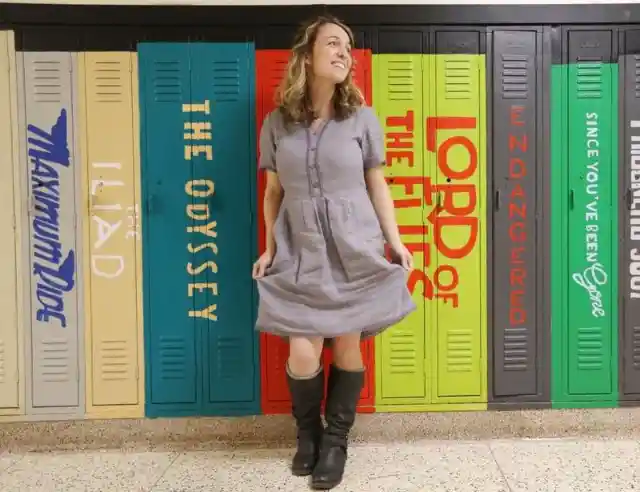

Think Forever 21. “We demand lots of clothes cheap, so retailers have to produce in foreign factories where US labor laws don't protect workers,” Julia explains. ‘Slow fashion’ is just the opposite -- promoting good quality and fair labor practices. But Julia is most concerned with another problem that seems to be on the rise.
With huge amounts of clothes being produced abroad to satisfy the growing market for cheaper goods, many companies unethically employ underage workers in their factories. What’s worse is that there are no laws in place to protect these children. By buying less clothing items, Julia is helping to stem the demand for cheaper labor.


Although it’s the main reason for Julia’s decision, it’s not the only one.
Julia is determined to be a conscious consumer – and she’s fighting the fashion industry’s environmental impact, too. With the consumption of clothing at an all-time global high, it’s no wonder that unsustainable environmental practices are depleting the planet’s valuable resources. It takes a staggering 713 gallons of water to produce a traditional cotton T-shirt, while a polyester T-shirt may not use as much water, its manufacturing process emits twice as much carbon dioxide.
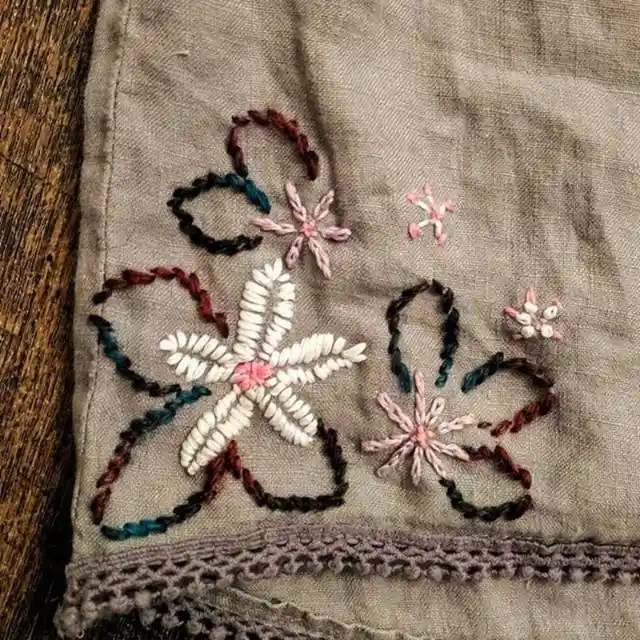
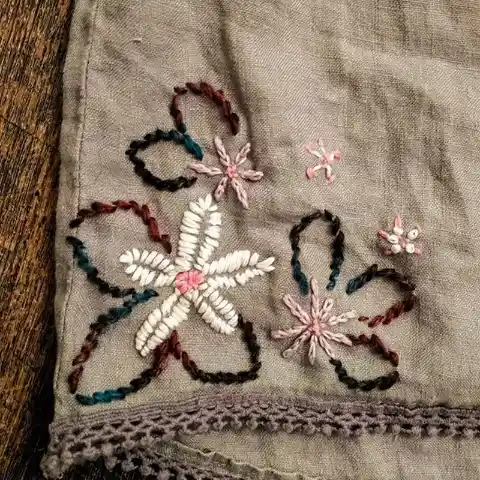
Julia avoided adding to her carbon footprint by choosing a fair-trade hemp dress from a London-based clothing company called ‘Thought’. So, what have been the reactions to Julia’s project?
The most common reaction she’s received is disgust – some people just assume that it’s not hygienic to wear the same item of clothing every day. And her answer is food for thought. “I just tell them: this is not a project about hygiene. I wash it as needed.
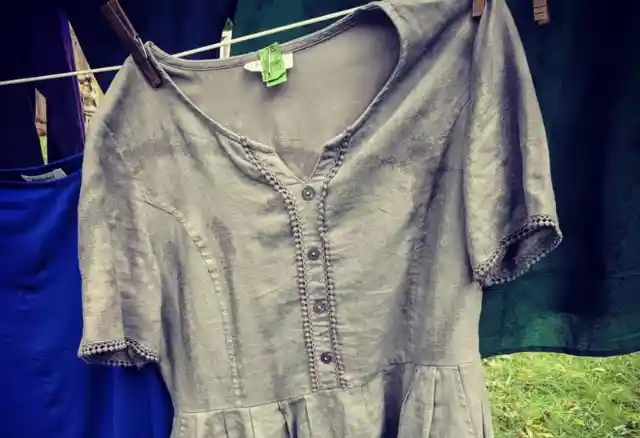
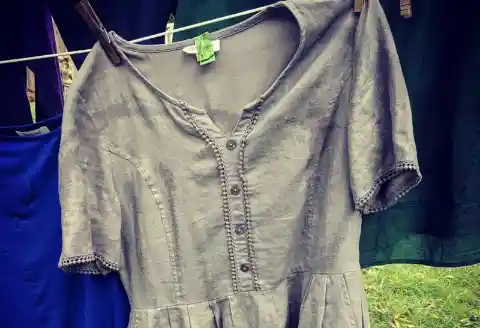
I come to work clean. Lots of people wear uniforms and they are not assumed to be dirty." Julia’s one outfit 100 days challenge has another thought-provoking takeaway.
“Do we really need so many new outfits? Are we just perpetuating a culture that defines us based on what we're wearing rather than what we're doing?


What if we spent our energy trying to BE good, interesting humans instead of trying to LOOK good and interesting?” And people all around the world were staggered by the teacher’s message. Most were supportive.
Julia’s Instagram quickly blew up with comments and she gained over 6,500 followers. “All for integrating sustainable strategies into everyday items, what a movement this teacher started!” one supporter wrote.


Soon, some of Julia’s pupils and colleagues were following her example, with 17 teachers joining her cause – including her history teacher husband, Patrick, who wore the same shirt for 100 days, too. Soon, local news stations caught wind of the teacher’s story.
“I like to wear clothes; I like to express myself... I know that we are all looking at what the other person is wearing,” Julia said in an interview. “To wear the same thing every day is uncomfortable because we have this deeply ingrained cultural expectation to change every day.


It’s weird, but because it’s weird it’s making us all think.” What do you think about Julia’s cause? Could you take the challenge and wear the same outfit for 100 days?